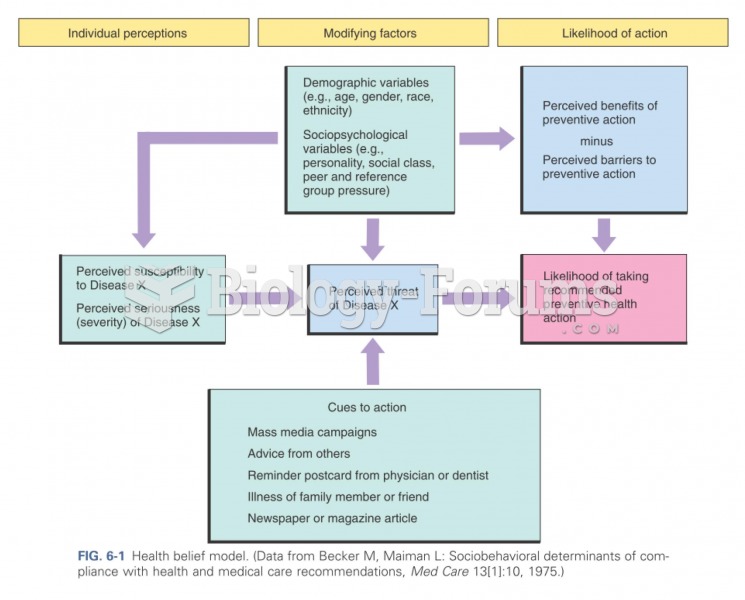Answer to Question 1
Answer: 4
Explanation: 4. Diagnosis of psychoactive substance dependence is based on increased tolerance to the substance, experience of characteristic withdrawal symptoms, increased substance use to decrease withdrawal symptoms, and increased time spent recovering from the effects.
Answer to Question 2
Answer: 2, 5
Explanation: 2. General indicators that a person has a problem with abuse of a psychoactive substance include frequent intoxication, preoccupation with obtaining and using the substance, binge use, change in personality or mood, withdrawal, problems with family members related to use of the substance, problems with friends or neighbors, problems on the job, and conflicts with law enforcement officials. The best answers include the response that the client cannot get along with people at work and that he has had conflict with law enforcement officials. Unemployment, negative drug testing, and not marrying are not indicators that a person has a problem with abuse of psychoactive substances.
5. General indicators that a person has a problem with abuse of a psychoactive substance include frequent intoxication, preoccupation with obtaining and using the substance, binge use, change in personality or mood, withdrawal, problems with family members related to use of the substance, problems with friends or neighbors, problems on the job, and conflicts with law enforcement officials. The best answers include the response that the client cannot get along with people at work and that he has had conflict with law enforcement officials. Unemployment, negative drug testing, and not marrying are not indicators that a person has a problem with abuse of psychoactive substances.







